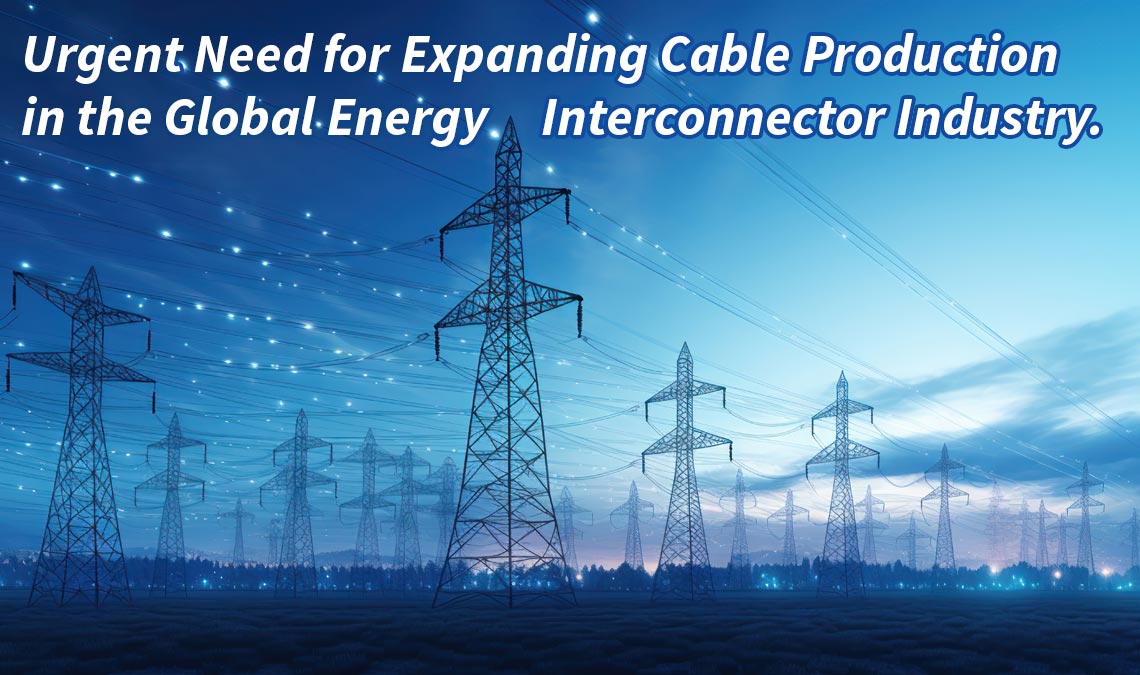The global surge in the development of long-distance electricity interconnectors, driven by the transition to renewable energy sources, is at a critical juncture. While these projects hold immense promise for achieving climate targets and enhancing energy security, they now face a looming challenge: scarcity. The scarcity of essential components, such as electricity cables and converter stations, threatens to derail the momentum of the global energy transition.
Take, for example, the NeuConnect electricity cable, a groundbreaking project connecting the UK and Germany across 700km of seabed. It represents the first-ever direct electricity trade between two G7 economies, a testament to the transformative power of international energy cooperation. However, its journey has been fraught with obstacles, including delays pushing the start date to 2028, primarily due to difficulties in securing electricity cable supplies. NeuConnect’s challenges mirror those of other interconnector projects, such as the Denmark-Britain link and the Bay of Biscay cable between France and Spain.
The heart of this challenge lies in the concentration of supplies among a limited number of companies struggling to keep up with the exponential demand. The scarcity of raw materials, particularly copper, and a shortage of skilled labour needed for manufacturing threaten to become major bottlenecks in the global energy transition. Manufacturing slots are booked, costs are rising, and industry leaders describe the situation as a “dogfight.”
To overcome this scarcity challenge and continue the momentum of the energy transition, a collaborative effort between governments and industry stakeholders is imperative. Expanding manufacturing capacity for critical components such as electricity cables and converter stations is non-negotiable. Additionally, securing a stable supply of raw materials at reasonable prices is paramount to ensure a steady flow of these essential components.
The transition from fossil fuels accelerates worldwide, driven by ambitious renewable energy targets and geopolitical considerations. The International Energy Agency predicts unprecedented growth in renewable power capacity, making robust electrical infrastructure, particularly high-voltage direct current (HVDC) systems, indispensable for efficient, long-distance electricity transmission. As wind turbines move farther offshore and countries seek to trade electricity across different time zones and weather patterns, the demand for interconnectors continues to soar.
HVDC systems offer greater efficiency, even at a higher cost. Yet, producing these cables is a complex and precision-oriented process, demanding rigorous quality control to ensure reliability. Installing them on the seabed is another formidable task, requiring specialised vessels and highly skilled crews.
Despite these complexities, the demand for high-voltage cables is skyrocketing, with the market value surging from $3 billion annually between 2015 and 2020 to $11 billion in 2022. Nevertheless, industry experts caution that manufacturing capacity may need to catch up with the urgent need for more components to sustain the energy transition.
Analysts warn that a shortage of high-voltage cables outside of China could become a reality in the second half of the decade. The market is concentrated among a few dominant players, and rising costs have already impacted project budgets, further underscoring the urgency of expanding production capabilities.
The scarcity challenge is not confined to Europe; grid operators in the US are grappling with equipment shortages, including transformers. Lead times for critical components have surged, leading to project delays and disruptions that hinder the global energy transition.
While the market adapts to the revival of cable manufacturing facilities and exploration of alternative materials like aluminium, uncertainties remain. Copper shortages, in particular, pose a significant risk to the industry’s growth. Manufacturers are actively seeking to secure copper supplies to meet the burgeoning demand.
In conclusion, the global energy interconnector industry is standing at a crossroads, facing the formidable challenge of scarcity. Urgent action is required to ensure the uninterrupted progress of the energy transition and the realisation of climate goals. Governments, industry leaders, and investors must collaborate to expand cable production capacity and secure the supply chain. Only by doing so can we maintain the momentum of the energy transition and pave the way for a sustainable, interconnected future.
Source Financial Times

